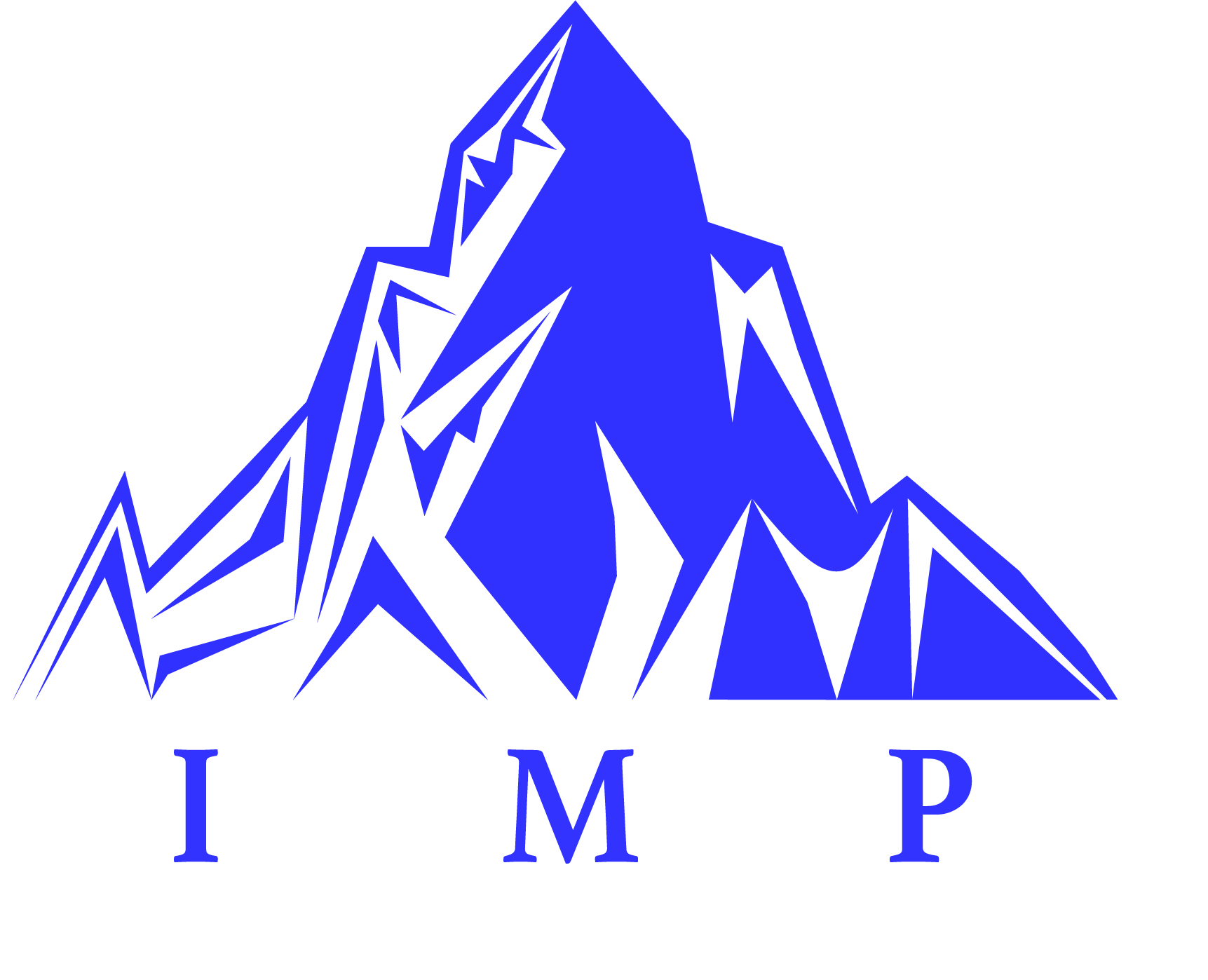Three Things to Improve a Teams Performance
Today, we are bombarded with the idea and meaning of the word team. It’s exaggerated in the sports we watch, the trades, the games, rankings, tournaments, championships rings and dressing room drama, the celebrity. Any Soccer Mom worth her fruit juice and post-game snacks will tell you, “I do it for the team.” Companies and organizations of all types and sizes take sides and dress up, aligned with one team or another. It’s patriotic, it’s American, it’s us versus them, stomp on their necks, show’em who is boss. Semper Fidelis.
There are times I’d rather be tethered to a whirling chainsaw sideshow ride than deal with another team concept. But, in fact, teams are an important part of what it means to be human. In an article in Scientific American last year (July 2012), Martin Nowak wrote a great piece about cooperation and its place in human evolution. Mr. Nowak points out that cooperation, much more than competition, played an influential part in making us such a successful species. And of course, neither cooperation, nor competition for that matter, amount to much without the existence of a team.
So, in our modern day experience there are teams and then there are TEAMS. What is it that distinguishes a successful team from one less so? From the Little League coach to the platoon sergeant to the production line supervisor and all leaders in between the difference is “connection” – how connected are the team members and how well do they recognize and value their shared connection.
Too simple you say? Think about it, as a social being, we are wired for connectedness. The roughly 100 billion neurons in our brains, the resulting neural pathways, powered by mystical and powerful neurotransmitters are all energized to help us cope and survive in our environment. Current research shows that our brain activity actually changes when we connect with others. Engaging in activities with others such as engaging in a dialogue activates great portions of our brains often resulting in extraordinary human experiences like creativity, inspiration and motivation. A primary coping mechanism of social beings is connecting to others. In the day, we did this for safety and survival, for comfort and propagation of the species. In more recent times, we nurture and develop our connectedness for love and learning, for expanding our awareness and prevailing in the office pool over March Madness.
As leaders of teams, we need to see that what teams do to encourage connectedness is just as important as how a team performs at its intended mission. If, as a leader, you want peak performance, drive your team to connect. How do you do that?
Think of raising performance of a team as though you were building a structure, in phases, through layering. Establishing the human connection is the first step. The most sustainable and certainly the most powerful connections are served through authentic and honest relationships between members. Offer your team members an opportunity to learn about one another, specifically as individuals that are unique and different. The second key ingredient is to build a shared vision of the future or a shared intention to achieve a shared future state (to win!). Almost always this falls to the leader to create this vision and to elevate it to a point of prominence and priority within the team. The third key aspect to high performance teams is creating a sense of meaning – noted author and minister, Rick Warren calls this purpose. Whether you’re approaching a team as the leader or as a team member, choose the meaning of the team wisely; and encourage consistency of the team members to favor the same meaning of the team.
An example of this might be a work related team assembled to solve a specific problem. The first step would be to establish the connectedness of the team members. Facilitating introductions and offering exercises where team members are encouraged to share their values and expectations of the team is often a good exercise to encourage connectedness.
To establish the shared vision, the leader offers an explanation of what the team will accomplish at the completion of their work. This vision should be clear, measurable and understood by all team members.
Finally, to set the meaning for the team, the leader might highlight the benefits of team collaboration as an example for other teams to follow. Another meaning of the team might be to encourage collaboration between cross-functional departments. Or, the meaning for the team may be aligned with a mindset of constant improvement within the organization.
Cranking a team to meaning requires an understanding and appreciation for why we as humans gravitate to connecting with others. How to make the most of a team’s performance requires recognizing the value of a shared vision and shared purpose or meaning.
Schedule a Free Discovery Session
Are you living an empowered life?
Meet with with one of our trainers to see if:
-
You want to explore where you are vs. where you want to be;
-
Your organization hasn’t reached its potential and you want it to;
-
You aren’t clear about your future and want to be;
-
You want to discover if IMP is right for you now…
Click here to take our Mastery survey as part of your Free 45-Minute Discovery Session with an IMP Trainer.
Contact us today to schedule an appointment to further discuss any of the above Programs or Coaching sessions.



